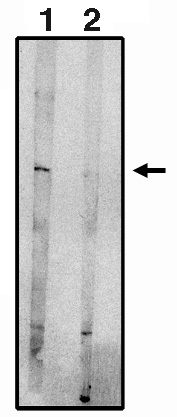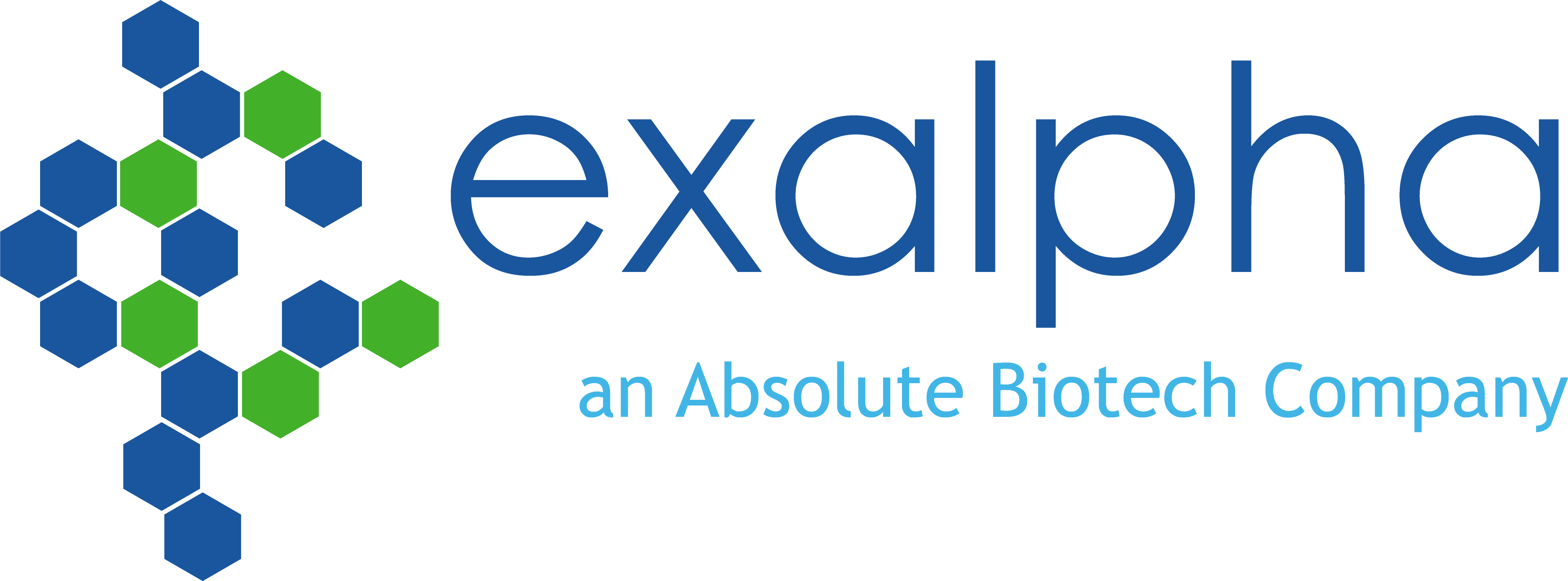
Rabbit anti Human Sphingosine 1 Phosphate Receptor 5 CT (EDG-8)
Catalog number: X1094P$533.00
Add To Cart| Isotype | IgG |
| Product Type |
Polyclonal Antibody |
| Units | 100 µg |
| Host | Rabbit |
| Species Reactivity |
Human |
| Application |
Western Blotting |
Background
Endothelial Cell Differentiation Gene-8 (EDG-8) belongs to a family of G-protein coupled receptors whose ligands are lysophospholipids. The ligand for EDG-8 is sphingosine-1-phosphate. There are 8 known members of the EDG receptor family and they are implicated in mediating growth related effects such as induction of cellular proliferation, alterations in differentiation and survival and suppression of apoptosis. They also evoke cellular effector functions that are dependent on cytoskeletal responses such as contraction, secretion, adhesion and chemotaxis. EDG receptors are developmentally regulated and differ in tissue distribution. They couple to multiple types of G proteins to signal through ras and MAP kinase, rho, phospholipase C and several protein tyrosine kinases. EDG-8 is expressed in oligodendrocytes and fibrous astrocytes in the rat brain.
Synonyms: Endothelial Cell Differentiation Gene-8 Receptor C-Terminal
Source
Rabbits were immunized with a unique synthetic peptide derived from the C-terminus of the human EDG-8 protein
Product
Provided as solution in phosphate buffered saline with 0.08% sodium azide
Product Form: Unconjugated
Purification Method: Ammonium Sulfate Precipitation
Concentration: See vial for concentration
Applications
Detects recombinant EDG8 receptors by Western blot (5-10 µg/ml) at 42 kDa. Due to low expression of EDG receptors, we recommend use of Pierce Femto Signal substrate for western blot development. Optimal concentration should be evaluated by serial dilutions.
Functional Analysis: Western Blotting
Positive Control: RH7777 cells transfected with full length EDG8 protein.
Storage
Product should be stored at -20°C. Aliquot to avoid freeze/thaw cycles
Product Stability: See expiration date on vial
Shipping Conditions: Ship at ambient temperature, freeze upon arrival
Caution
This product is intended FOR RESEARCH USE ONLY, and FOR TESTS IN VITRO, not for use in diagnostic or therapeutic procedures involving humans or animals. It may contain hazardous ingredients. Please refer to the Safety Data Sheets (SDS) for additional information and proper handling procedures. Dispose product remainders according to local regulations.This datasheet is as accurate as reasonably achievable, but our company accepts no liability for any inaccuracies or omissions in this information.
References
1. Im, D.S., et al. 'Characterization of a novel sphingosine-1-phosphate receptor, Edg-8.' J. Biol. Chem. 2000, 275, 14281-14286
2. Malek, R.L., et al. Nrg-1 belongs to the EDG family of G-protein coupled sphingosine-1-phosphate receptors. J. Biol. Chem. 2000, epub ahead of print.
3. Hla, T., et al. Sphingosine-1-phosphate signaling via the EDG-1 family of G-protein coupled receptors. Ann. N.Y. Acad. Sci. 2000, 905, 1624
4. Pyne, S. & Pyne, N.J. Sphingosine-1-phosphate signalling in mammalian cells. Biochem. J. 2000, 349, 385-402
Protein Reference(s)
Database Name: SwissProt
Accession Number: Q9H228
Species Accession: Human
Safety Datasheet(s) for this product:
| EA_Sodium Azide |

|
Western blot analysis using anti-EDG-8 CT antibody on RH7777 cell lysates transfected with full length human EDG8 (1) and blocked with blocking peptide (2) using Pierce Femto Signal substrate. |

Western blot analysis using anti-EDG-8 CT antibody on RH7777 cell lysates transfected with full length human EDG8 (1) and blocked with blocking peptide (2) using Pierce Femto Signal substrate.
